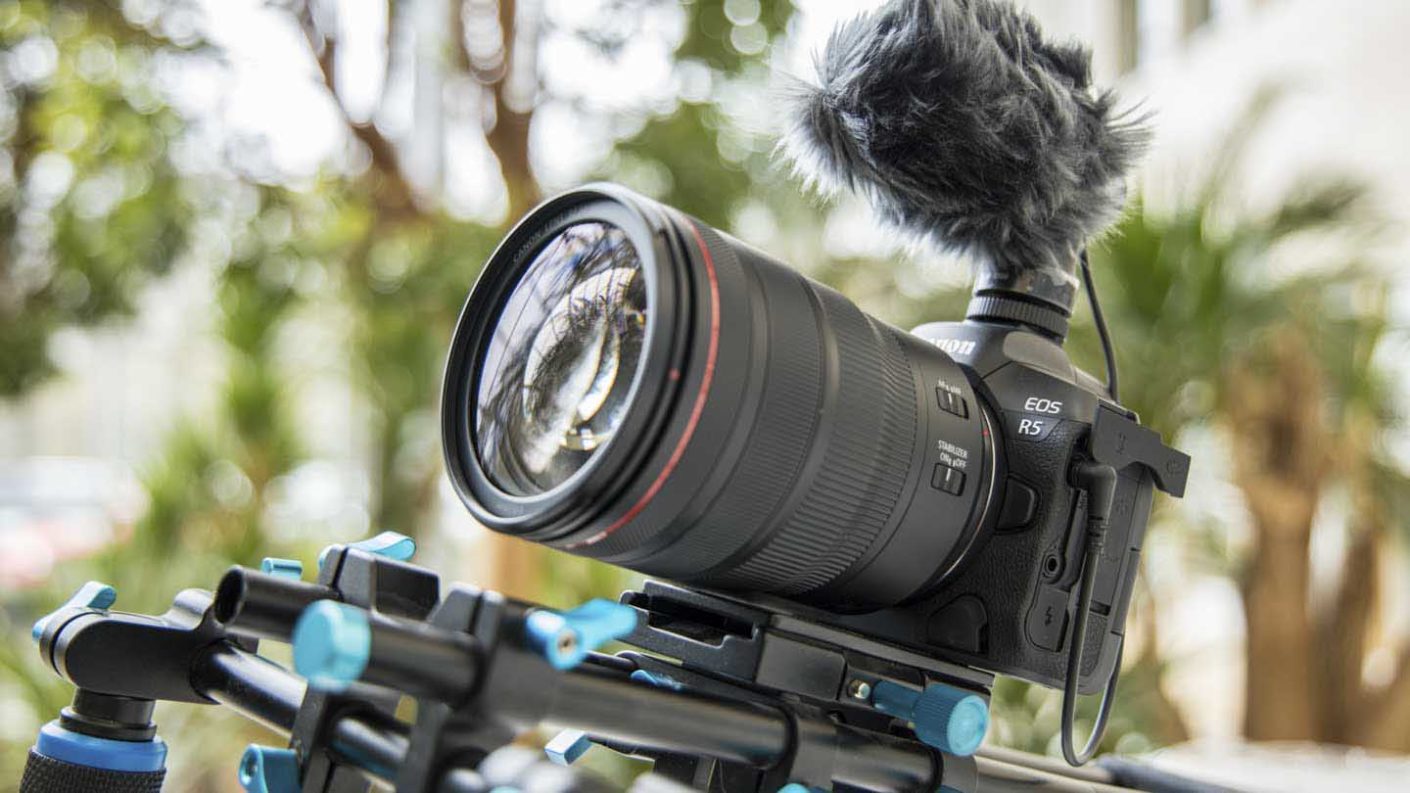8K resolution, also known as Super High Definition (SHD), refers to a display or video format with a resolution of 7680×4320 pixels. 8K is four times the resolution of 4K (3840×2160) and 16 times the resolution of Full HD (1920×1080). This means that 8K displays or videos have four times as many pixels as 4K displays or videos, and 16 times as many pixels as Full HD displays or videos.
One of the main advantages of 8K resolution is that it provides much higher detail and clarity than lower resolution formats, making it ideal for large screen displays or for use in applications where high image quality is a priority. For example, 8K resolution is commonly used in professional video production, as well as in high-end home theaters and display systems.
In terms of comparison, 8K resolution is significantly higher than both 4K and HD resolutions, and provides a much more immersive viewing experience. While 4K resolution is considered to be the current standard for high definition video, 8K resolution takes it to the next level with even more detail and clarity.
Why film in 8K?
One of the main reasons videographers would want to film in 8K resolution is to future-proof their content. With 8K displays and content becoming more widely available, filming in 8K ensures that the content will be of the highest quality and will not become outdated as quickly as content shot in lower resolutions.
In addition, 8K resolution allows for greater flexibility when it comes to cropping and zooming in on a scene, as the higher resolution allows for more detail to be retained even when the image is cropped.
Downsampling from 8K
Downsampling is the process of reducing the resolution of an image or video, typically by averaging or discarding pixels. For example, if you have an 8K video and want to view it on a 4K display, you can downsample it to 4K resolution by averaging or discarding pixels in the original 8K video.
This can be useful if you want to reduce the file size of an 8K video, or if you want to display it on a device that does not support 8K resolution.
Cropping into 8K video
Filming in 8K resolution and cropping into a scene can be useful if you want to focus on a specific part of the scene or if you want to create a more cinematic look. For example, if you are filming a wide shot of a landscape, you can film in 8K and then crop in to a specific part of the landscape to create a close-up shot. This can be done in post-production using video editing software, such as Adobe Premiere Pro or Final Cut Pro.
8K still frames
It is also possible to extract still frames from 8K video for use as high-quality images. This can be useful if you want to create a series of images from a video, or if you want to use a specific frame from the video as a standalone image. To extract still frames from 8K video, you can use video editing software or a dedicated frame extraction tool. The resulting images will be high resolution and will retain much of the detail and clarity of the original 8K video.
Who is using 8K?
Because 8K resolution is a high-quality video format that provides significantly higher detail and clarity than lower resolution formats, such as 4K and HD, it is commonly used in professional video production and high-end home theaters, and is becoming more widely available as 8K displays and content become more common. Filming in 8K resolution can be useful for future-proofing content, as well as for cropping and zooming in on a scene. It is also possible to extract still frames from 8K video for use as high-quality images.
Disadvantages of 8K
We’ve discussed above how filming in 8K resolution offers several potential benefits, including higher image quality, more detailed and lifelike images, and the ability to crop and reframe shots without losing detail. 8K resolution also allows for larger screen sizes and higher frame rates, which can be useful for special effects and action sequences.
However, there are also several downsides to consider when filming in 8K. One of the main drawbacks is the cost and complexity of the equipment required to capture and process 8K footage. 8K cameras and storage media are typically more expensive than their lower resolution counterparts, and the larger file sizes can also be more demanding on computer hardware and software.
Another potential downside is the limited availability of displays capable of displaying 8K content. While 8K TVs and monitors are becoming more common, they are still relatively rare and expensive, and the vast majority of viewers will not be able to fully appreciate the increased resolution. This can make it difficult to justify the additional cost and effort of filming in 8K for many projects.
Finally, it is important to consider whether the benefits of 8K resolution are actually necessary for a particular project. In many cases, 4K resolution may be sufficient, and the additional cost and complexity of 8K may not be justified.
Ultimately, the decision to film in 8K should be based on a careful consideration of the specific needs and goals of the project, as well as the available resources and budget.





Leave a Reply
You must be logged in to post a comment.